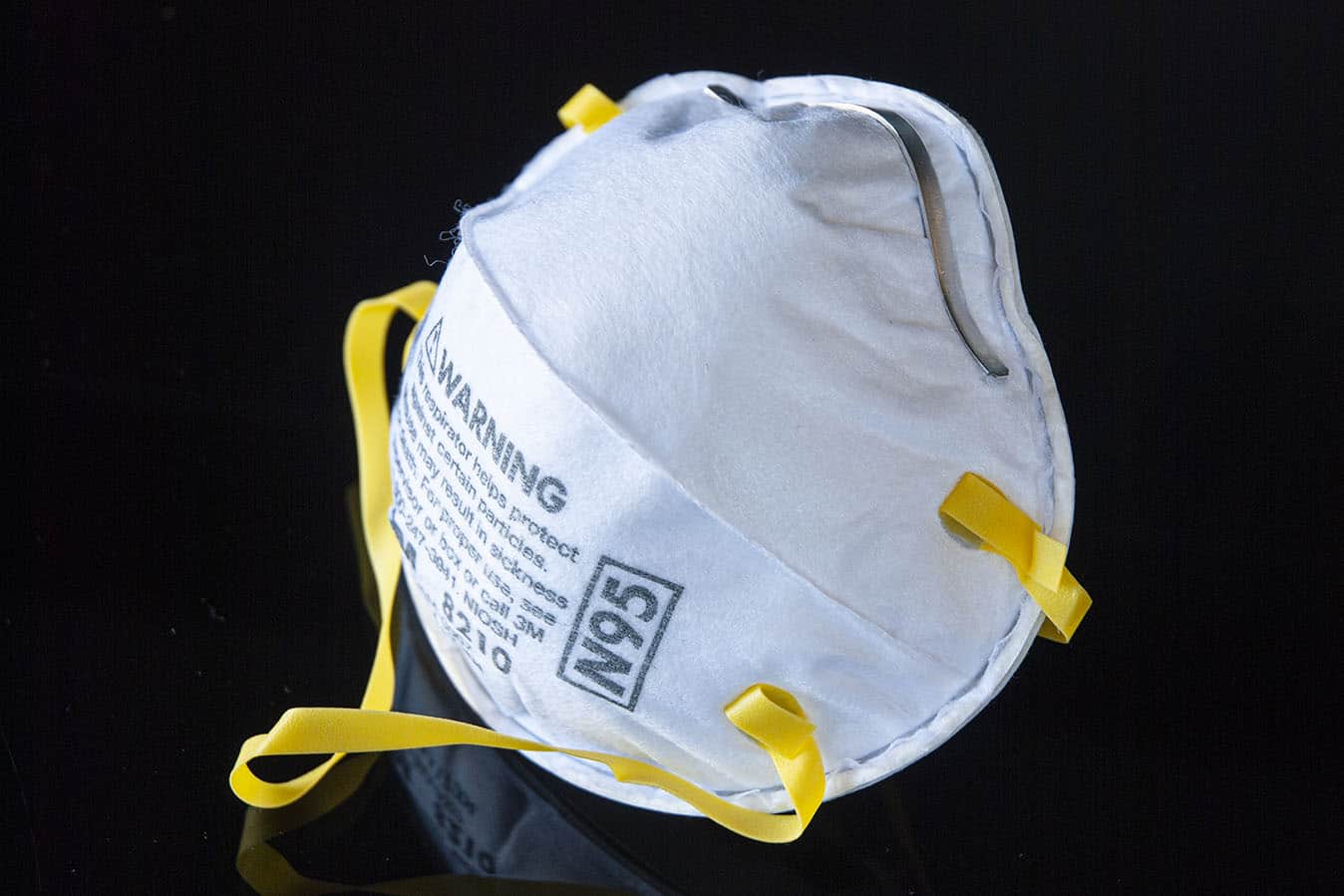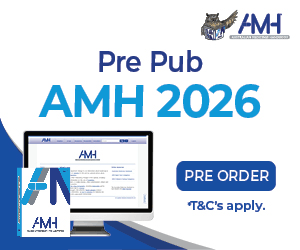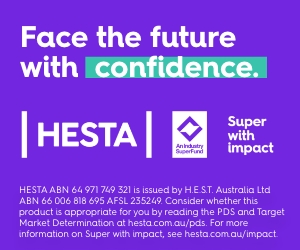Since the early days of the COVID-19 pandemic, health care workers (HCWs) around Australia have been raising concerns about its effects on work health and safety (WHS). WHS laws in Australia mandate that employers must do what is “reasonably practicable” to eliminate risks to health and safety, and if this is not possible to minimise those risks.[1]
Some of the concerns HCWs have raised include:
- The type of personal protective equipment (PPE) being provided by employers;
- The ventilation of workplaces; and
- Appropriate fit-testing of fitted particulate filter respirators (PFRs), such as P2, N95 or equivalent.
Much of the advice published by governments around Australia is based on the views of the Infection Control Expert Group (ICEG), a committee under the auspices of the Commonwealth Department of Health.
Healthcare employers, including governments, share the advice and materials of the ICEG without much thought as to their WHS implications and their responsibilities under WHS laws. An example of this concerns the ICEG advice as to the type of mask to be worn by HCWs. In May 2020 the ICEG published the fact sheet ‘The use of face masks and respirators in the context of COVID-19’[2]. This fact sheet was most recently updated in March 2021. It states:
In hospital and community health care settings, use surgical masks and protective eyewear (at a minimum) during routine care of patients with suspected or confirmed COVID-19, and those in quarantine.[3]
In other words, the ICEG recommends that HCWs working in an environment with people who are infected with COVID only need to wear a surgical mask, even when in close proximity to this infected person. The ICEG argues that the evidence points to this being best practice despite the fact that there is clear evidence which disputes this.[4] [5] Indeed, two of the most recent infections of HCWs were nurses working in a Brisbane hospital’s COVID ward who never had direct contact with the patient they acquired the infection from.[6]
The usual exceptions the ICEG recognises are that a PFR is necessary when aerosol generating procedures (AGPs) are being performed or where a patient exhibits certain behaviours such as shouting. This advice is followed by many healthcare employers such as NSW Health[7] and the WA Department of Health[8].
However, the Victorian government requires HCWs to wear a P2/N95 respirator at all times when providing care to high-risk suspected and confirmed COVID-19 patients, regardless of the amount of time in contact.[9] Queensland Health’s Direction issued on 31 March 2021[10] stipulates that employees “…must wear a P2/N95 mask at all times when working as a relevant employee, where a mask and fit testing has been made available.” A “relevant employee” includes those who work in a role that has or is likely to require direct contact with a diagnosed person or whose normal work location is in an area where diagnosed persons are treated or accommodated, excluding emergency departments. This is far broader than ICEG recommendations.
A recent Australian study at the Prince of Wales Hospital challenged the rationale for describing certain respiratory therapies as AGPs. It found that “…exertional respiratory activities themselves are the primary modes of aerosol generation and represent a greater transmission risk than is widely recognised currently.”[11] The ICEG’s distinctions between different procedures are artificial and therefore so is the logic underpinning the different types of PPE to be worn.
Workers and unions like the ANMF have repeatedly called for employers to do more. We have argued that:
- ICEG advice largely ignores WHS laws, particularly what is “reasonably practicable” to protect HCW’s health and safety; and
- For employers to meet their WHS obligations to do what is “reasonably practicable”, at a minimum properly fit-tested PFRs must be worn when HCWs are working with patients who are suspected or confirmed to have COVID-19.
To this end, in September and November 2020 the ANMF wrote to Dr Brendan Murphy as the Secretary of the Department of Health, raising our concerns regarding the ICEG advice being produced. Dr Murphy’s response in December 2020 was disappointing and did not acknowledge our WHS concerns.
Employers throughout Australia have largely elevated ICEG advice to the status of being the de-facto WHS minimum standard, when they clearly are not written with WHS laws in mind. The various WHS Acts around Australia have the necessary tools within them to put HCW health and safety at the forefront.
As I have discussed previously[12] Health and Safety Representatives (HSRs) make a difference in achieving health and safety outcomes. HCWs should familiarise themselves with their relevant WHS law and how they can escalate WHS concerns at their workplace. Nurses and midwives should talk to their ANMF workplace representative and officials about what can be done.
Armed with the latest evidence of how COVID spreads, HCWs can achieve more than the ICEG minimums stipulate. ICEG advice is not built around the legal requirements of Australian WHS laws.
References
[1] Model Work Health and Safety Act, s17
[2] https://www.health.gov.au/resources/publications/the-use-of-face-masks-and-respirators-in-the-context-of-covid-19
[3] Ibid., 12
[4] https://doi.org/10.1136/bmj.m3206
[5] https://doi.org/10.1093/cid/ciaa939
[6] https://www.theguardian.com/australia-news/2021/apr/01/was-it-airborne-brisbane-queensland-covid-outbreak-mystery-princess-alexandra-hospital-nurses-ward-5d
[7] https://www.health.nsw.gov.au/Infectious/covid-19/communities-of-practice/Documents/cec-quick-reference-guide.pdf p3
[8] https://www.healthywa.wa.gov.au/-/media/Corp/Documents/Health-for/Infectious-disease/COVID19/COVID19-Infection-Prevention-and-Control-in-Hospitals.pdf
[9] https://www.dhhs.vic.gov.au/personal-protective-equipment-ppe-covid-19
[10] https://www.health.qld.gov.au/system-governance/legislation/cho-public-health-directions-under-expanded-public-health-act-powers/testing-and-vaccination-requirements-contact-by-health-workers-with-cases
[11] https://doi.org/10.1111/anae.15475
[12] Australian Nursing and Midwifery Journal, Vol. 26, No. 9, Jan-Mar 2020: 33









One Response
A helpful yet frightening article Daniel. Thank you for pulling it together so clearly.